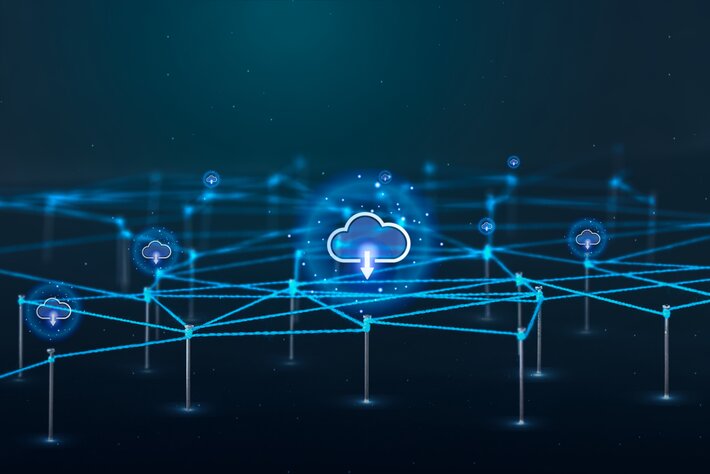In the coming year, Internet of Things (IoT) vendors could benefit by thinking like Marc Andreessen, the Netscape co-founder who famously proclaimed that “software is eating the world.” It certainly looks like IoT devices will be no exception.
While privacy, security and an endless parade of new protocols will continue to be hot topics, hardware vendors have already begun changing how they design equipment to help their customers realise the true potential of IoT, says, Rob Faludi, chief innovator at Digi International. These new “software-minded” trends include:
1. Overbuilding for longevity and flexibility – Communicative devices will make manufacturers rethink traditional engineering economics. Instead of building to meet only today’s needs, forward-thinking manufacturers have begun “overbuilding” their products with more capabilities than initially required – greater processing power, memory, reprogrammable touchscreens and more – so they can be adapted to fill future needs.
Rather than taking a narrow “lock-and-release” view of the capabilities these products should include, companies will be taking a more iterative approach, designing products that can be changed and upgraded based on real-word usage and market demands. Devices with room to grow bring added flexibility to the product development process and can create significant competitive advantages.
Tesla owners recently learned they could download a software upgrade that allows hands-free driving, helping the company challenge their competition. Tesla vehicles were manufactured with all the required sensors, but their true potential lay dormant until downloads brought them to life. Nest thermostats shipped with extra memory, resources and radios so that useful new functions could be deployed in the field. Many interesting innovations will come as meatier connected devices are deployed to mission-critical endpoints, like remote oil tanks or municipal streetlights, where longevity and future flexibility are keys to maximising ROI.
2. Service models – Overbuilding is just the first step for IoT manufacturers in changing the dynamics of sales and customer engagement. The ability to improve behaviors and monitor and manage devices in the field has opened the door to brand new business models. Robust, flexible hardware can be delivered as a service, similar to the “software-as-a-service” model prevalent in cloud offerings. A great example is a recent smart street light deployed in Los Angeles. Not only can this 4G LTE-connected “smartpole” be remotely managed to save energy and address community needs, the city anticipates offering them as “digital real estate,” creating new revenue sources.
3. Data-driven decisions – IoT providers originally focused on infrastructure, connections and applications. Now their customers want to employ device data to help design better products and guide their business decisions. Rather than guessing how features are being used in the field, companies can now know exactly how people are harnessing these devices. Turning raw data into actionable information will challenge IoT providers and their customers, but there will be enormous growth in this area as device data is applied to solving real-world business problems.
4. Systems thinking – IoT companies think a lot about devices, servers and gateways. In the coming year this focus will shift from components to unified distributed applications. By understanding how connected parts behave as part of an entire system, IoT providers will deliver far better designs with higher quality user experiences as well as greater efficiency and reliability. For instance, while clouds can facilitate high-level machine communications, devices cannot depend on their cloud for basic operations, lest they fail any time communications are interrupted. Shifting intelligence to the edge—what Cisco has dubbed “fog computing”—can help IoT applications run reliably while maximising business value. Manufacturers will design components that work together as a team, changing their industries just as Apple’s iPod and iTunes worked together to revolutionise the music business.
Software-minded thinking will provide new value to the IoT supply chain in 2016, and also make it challenging to keep pace with competition that promises service-oriented, data-driven and flexibly integrated IoT systems. Watch for these exciting innovations in the coming year!
The author of this blog is Rob Faludi, chief innovator at Digi International.
About the author:
Robert Faludi is the chief innovator at Digi International and a professor at New York University and the School of Visual Arts in Manhattan. He specialises in behavioral interactions through physical computing and networked objects and is the author of “Building Wireless Sensor Networks,” published by O’Reilly Media. Twitter: @faludi
Comment on this article below or via Twitter: @M2MNow OR @jcm2m










